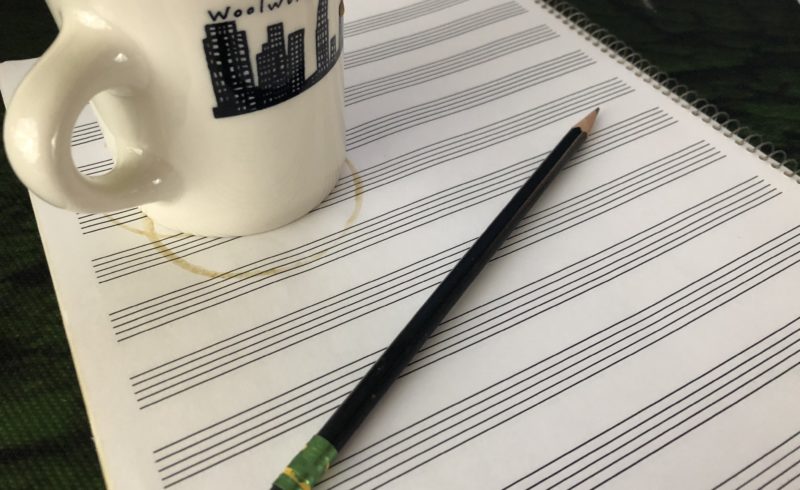
First, what’s a soundalike?
Imagine for a minute you’re in advertising, working on a campaign; a commercial maybe. You’ve got the messaging and visuals, and you’re on to “what about music?” And then a song occurs to you, a familiar one that everybody knows and relates to in a manner that will support your vision perfectly. And it quickly establishes as the centerpiece around which your other elements revolve. Except it’s a fantasy.
Licensing that track would cost a fortune. Or worse, priceless because the recording artist has NO interest in being associated with your product or brand at any price! So do you go back to the old drawing board? Not entirely. Instead, you start thinking about a “soundalike.”
It’s done all the time.
But if sounding alike and being alike were the same thing, it could not be done all the time. It would be copying and likely infringement. So a soundalike actually mustn’t be alike, but it is usually a piece of music deliberately created to achieve some of the goals you might’ve had for that too expensive well-known song, setting the same tone and evoking the same feelings. And obviously, it will cost a only a tiny fraction of what one might pay to license a popular song. Much of the time, a soundalike is the plan pretty much from the start. And most of the time, there are known works mentioned as creative direction and inspiration. It’s just the clearest way, often, for a creative to convey to a composer what the vision is.
Is any of that morally wrong? I would say not at all. But we can probably debate this all day, right? Consider the prompt: Does that intent alone make the finished product a copy?
Even if it isn’t plainly or binarily wrong, it would be wrong and illegal beyond a point, and that point involves the tricky concept of improper appropriation. How similar is too similar? There’s no way to make that simple. How much appropriation is improper? There’s no way to mechanize that judgment call. A soundalike seeks to be similar without being significantly similar to the work that inspired and informed it. Forensic musicologists are asked to analyze and discern significant similarities from insignificant similarities all the time. Most of the time! It’s a decent “long story made short” summation of what we do.
Pretty much all music is derivative of something to an extent. There’s nothing inherently wrong with writing a piece of music to emulate another in some ways. I’ll risk speaking clinically about a creative endeavor, there are right and wrong ways to do it. They’re knowable.
And let’s go back to my question about intent. Even if a composer intentionally copied or even infringed (which would be insane), let’s assume for the sake of argument that they’re inept at it. In my opinion, the finished product stands on its own. They can intend to copy but fail miserably at it. Is it still “a copy?” I can accept that it’s a copy just by virtue of being the product of deliberate copying, however inept. But that doesn’t make it infringing. Infringement involves unlawful appropriation, and that’s gonna require substantial similarity. You can intend to rob the bank, but if you can’t find the bank, you didn’t rob the bank. If the new (albeit inspired) work is itself sufficiently original and not substantially similar (despite your best attempts) then it doesn’t infringe. Your intent is somewhat irrelevant. (You’re still a jerk.)
So the objective I think should be to simultaneously pursue “similarity” and “originality.” Avoid phrases like “walking a line” or “getting as close as you can without getting TOO close.” Those approaches will lead you to bad places. Instead think “I’m going to write a piece of music that is “insignificantly similar,” emulating elements not particularly original to the reference track. It can be done both legally and morally.
But the mechanics of “how” can be mysterious so consider an analogy to fiction. Authors tell infinite original stories while using shared language, scenes a faire, and common devices established and often well-worn in past works. Music is a written language too and it’s the common well-worn musical devices from innumerable past works that help make new original music, especially popular music, recognizable and enjoyable. This is what society wants. If every song were a complete novelty, unfamiliar, unrelatable to what we know, we’d have a whole lot harder time enjoying the new stuff. Nobody wants that. Copyright law doesn’t want that.
So it’s fine to hire someone to write a soundalike. Just understand that while there’s nothing wrong with that strategy, it’s definitely perilous. It can be done poorly, and it often is. I don’t want to underemphasize this. The boundaries and parameters are much less well-understood by composers, even very experienced ones, than you would expect. So consider getting a musicologist’s analysis and opinion on it before you put yourself in harm’s way, or find yourself doing something that actually is morally wrong. Who needs any of that?